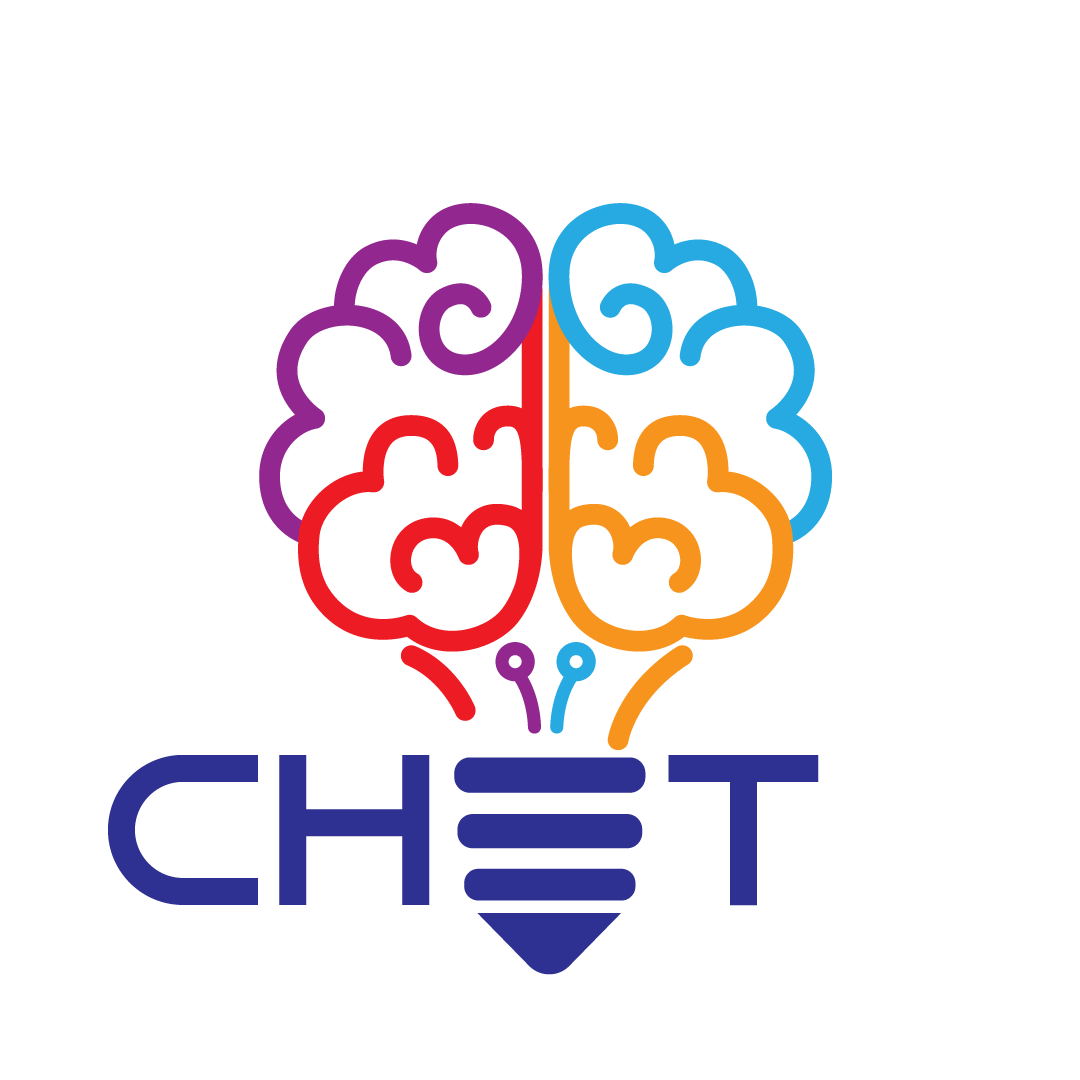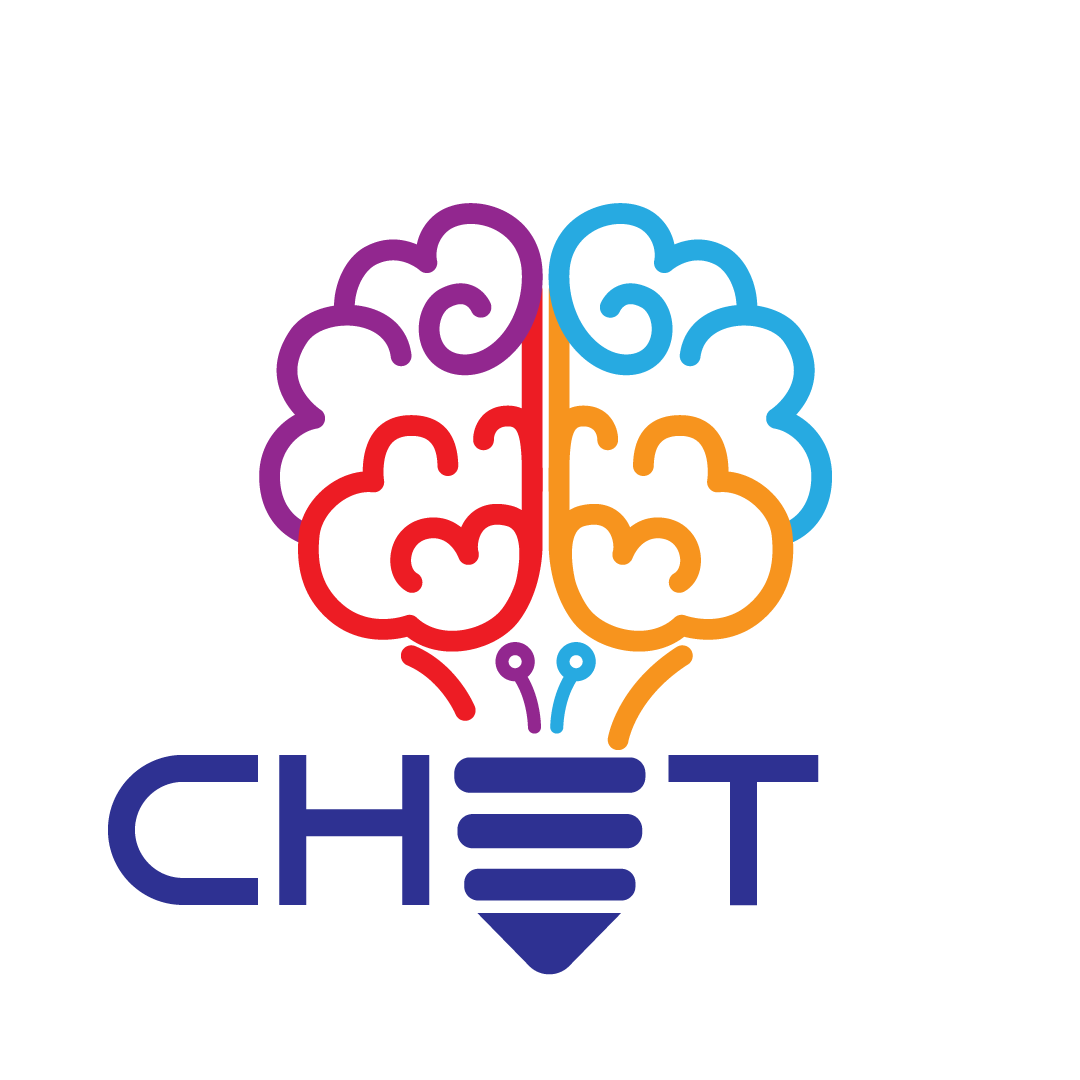
Creativity In Teaching
- /
Storyboard
The storyboard is a technique that depicts an interaction between a person and a product (or multiple people and multiple products) in a narrative form.
Description
What is this technique about
The storyboard is a technique that depicts an interaction between a person and a product (or multiple people and multiple products) in a narrative form. Storyboard contains a series of drawings, sketches or pictures and words that tell a story.
Designers can create storyboards to identify how a user interface changes in response to users' actions and show things that happen outside of the system. The good storyboards allow design teams and users to gain insight into experience streams. Usually, they are not very detailed and use the minimum amount of detail required to get the key points about the big picture.
Where does it come from
The storyboard was originally created for use in the film industry. The filmstrip form as it is known today was developed at the Walt Disney studio in the early 1930s. Years later, large companies like IBM and General Electric developed the storyboard as a planning tool for coordinating the creation of proposals, reports, and presentations.
For which purposes it is used (why in your engineering teaching)
It is used by individuals - managers, start-up founders, researchers, entrepreneurs, project leaders, innovators - to communicate their ideas, products or findings to investors, colleagues, customers and the press.
It is used by groups - companies, organizations and teams - to help people with different thinking processes and skills work towards a common goal in their creative collaborations.
It is recommended to be used in engineering education, showing and sharing projects and designs, planning flows and processes.
General overview of how to implement it
Execution:
- A story/interaction / experience you want to communicate with is decided. The message is made clear. The global story is written/drawn. Think about the steps of the story and how to convey them in pictures. It is ensured that all-important information is communicated in a simple but complete and understandable manner.
- Start drawing a quick sketch and improve it (in terms of story).
- Make sure every important step is clear for the reader. The drawings are passed over with someone unfamiliar with the story, asked for feedback, and added short (text) explanations as needed.
- The storyboard is presented to stakeholders. The feedback received is noted.
Paper, markers, flipchart
Sticky notes
Writing utensils, pen, pencil
Or
Digital Storyboard app.
StoryBoardThat
Boords.com
theplot.io
Resources
References
Lamkin, A., Collart, T., & Gewickey, G. (2005). U.S. Patent Application No. 11/121,516. Orr, K. L., Golas, K. C., & Yao, K. (1994). Storyboard development for interactive multimedia training. Journal of Interactive Instruction Development, 6(3), 18-31. Barkman, P. (1985). The storyboard method: a neglected aspect of organizational communication. The Bulletin of the Association for Business Communication, 48(3), 21-23. Mou, T. Y., Jeng, T. S., & Chen, C. H. (2013). From storyboard to story: animation content development. Educational Research and Reviews, 8(13), 1032-1047. Hart, J. P. (2008). Art of the Storyboard. Elsevier Science & Technology.

 (1).jpg)
